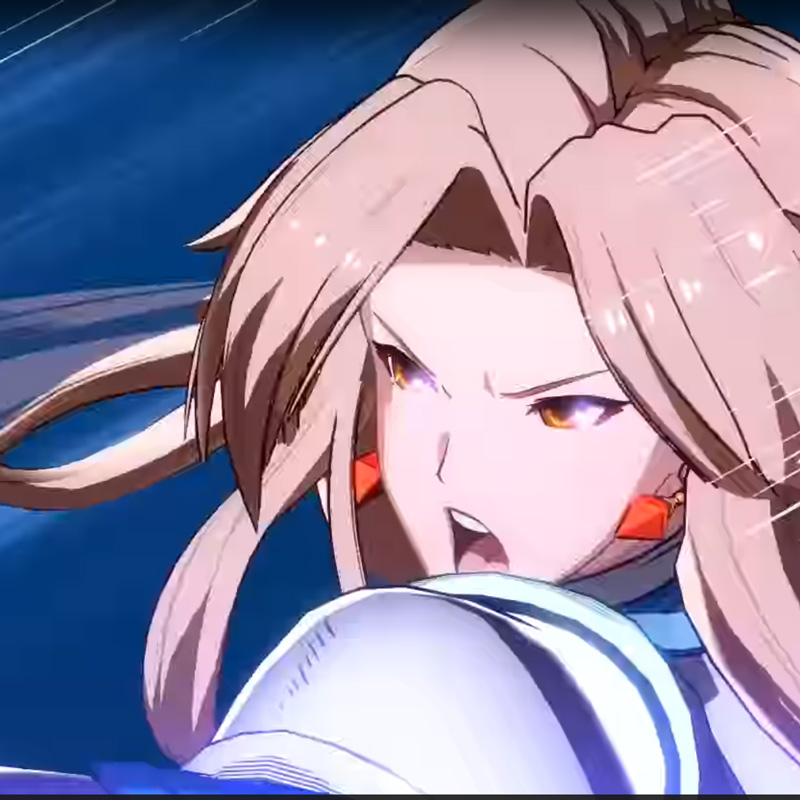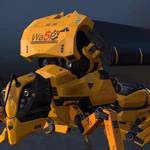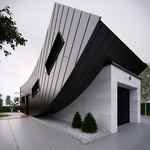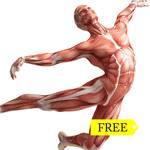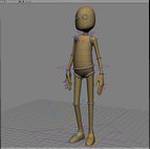In the Digital Tutors video "Rigging quadrupeds" the instructor uses the SI spline for the horse. In order to work properly he sets it up on the y-axis and then rotates it into place by 90°. In his horse rig the spine is completely straight. While it may work with this horse, in general animals don't have a straight back. How would you match the spine to the angled back of a giraffe, the bend one of a kangaroo or the curvy one of a cheetah? What would be the steps? Especially if I need to reach a goal (e.g. the center between the shoulder blades) it gets difficult. I would in general create the spine straight between two points on the y-axis. Then I would translate/rotate the spine's hip into place. But what then? I need to use the two vertebrae nulls to match the form of my animal's spine and then try to reach the goal between the shoulders with the spines last vertebrae. The question is what problems might arise in general with a deformed Isner spine while animating and how do I reach the goal between the shoulders with the spines end? Unfortunately the Vertebraes don't adapt to the "new" spine length and stay in the same distance to the hip like the one they inherited while setting up the spine. Would I need to do this over and over again by trial and error till I find the correct length for the spine and it matches more or less my animals dimensions? Please, how do I need to do this properly (which steps) so that I get a proper working spine (stretchy)?
Cheers
Pancho
Setting up the Isner spine properly
Re: Setting up the Isner spine properly
You should be able to find parameter called 'init length'... or 'fixed length' under constrains>path constrain, on first vertebra (slightly bigger one) - so you can adjust 'chest depth' and 'hip depth' positions, then 'init length'.
Btw, purpose of Isner spine is to allow the twisting of spine to maximum of close to 720 degree - horse won't do that. So if maximum twist of (close to) 180 degree is enough, and you need stretchy spine, you can use a much simpler, faster and stable setup: just use a NURBS grid with 1x1 subdivision, create a cluster with center for each row, then constrain some nulls to NURBS surface.
A bit more accurate version is to use two curves, both with similar cluster-to-center setup, and nulls with path constrains (not parametric). Nulls on second curve should serve as up vectors for path constrains for nulls on first curve.
Btw, purpose of Isner spine is to allow the twisting of spine to maximum of close to 720 degree - horse won't do that. So if maximum twist of (close to) 180 degree is enough, and you need stretchy spine, you can use a much simpler, faster and stable setup: just use a NURBS grid with 1x1 subdivision, create a cluster with center for each row, then constrain some nulls to NURBS surface.
A bit more accurate version is to use two curves, both with similar cluster-to-center setup, and nulls with path constrains (not parametric). Nulls on second curve should serve as up vectors for path constrains for nulls on first curve.
Re: Setting up the Isner spine properly
Sounds interesting. Is there a link, image or tutorial to get a better understanding for this kind of spine? Pretty new to SI.
Thanks for the quick comment!
Thanks for the quick comment!
Re: Setting up the Isner spine properly
Hi,
Probably it's better known as 'Maya ribbon spine' - AFAIK it's easier to do the same in XSI.
Cheers
Probably it's better known as 'Maya ribbon spine' - AFAIK it's easier to do the same in XSI.
Cheers
Who is online
Users browsing this forum: trendiction [Bot] and 48 guests












